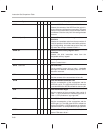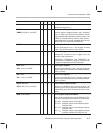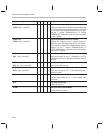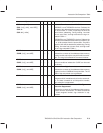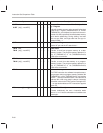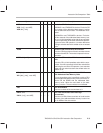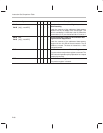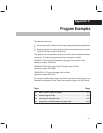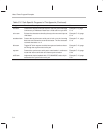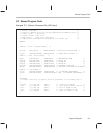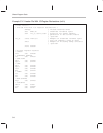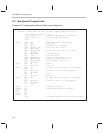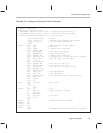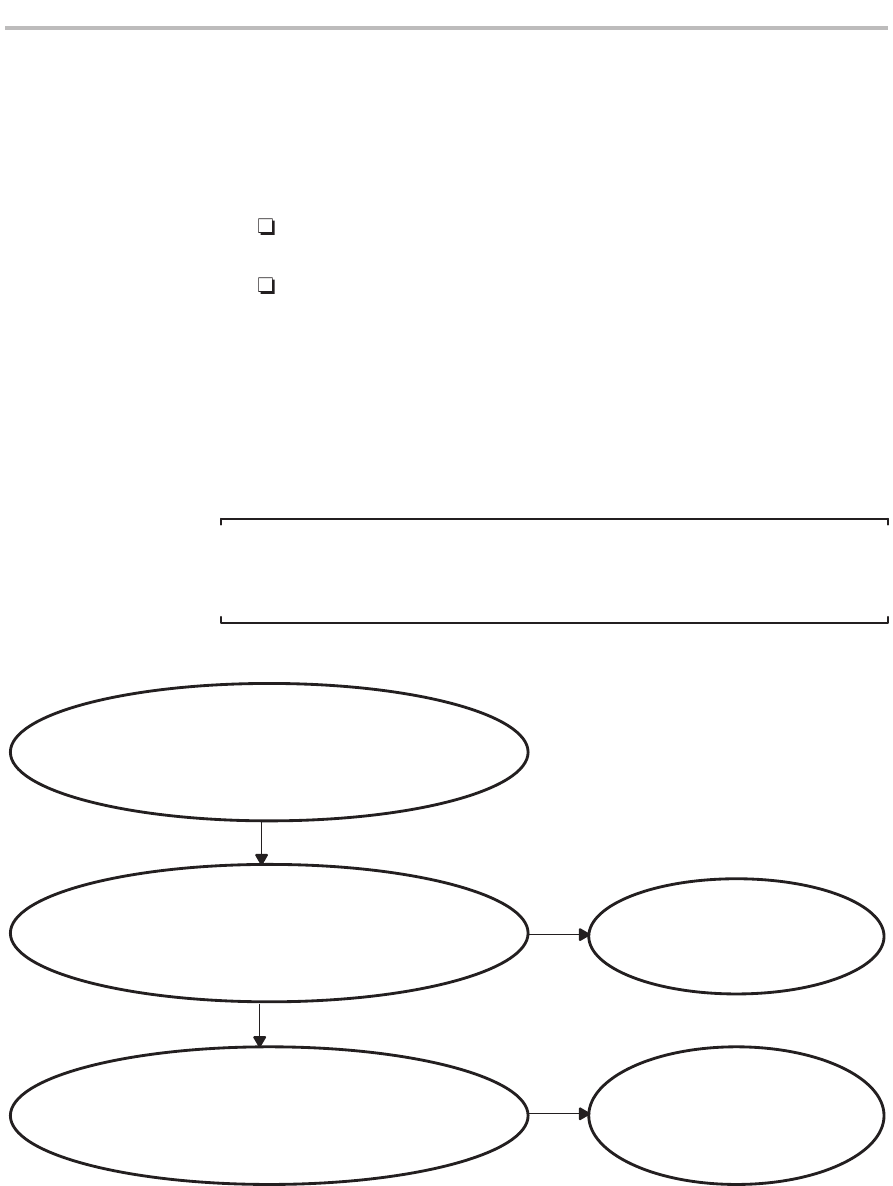
About These Program Examples
C-2
C.1 About These Program Examples
Figure C–1 illustrates the basic process for creating assembly language files
and then generating executable files from them:
1) Use the ’C2xx assembler to create:
A command file (
c203.cmd
in the figure) that defines address ranges
according to the architecture of the particular ’C2xx device
An assembly language program (
test.asm
in the figure)
2) Assemble the program. The command shown under Step 2 in the figure
generates an object file and a file containing a listing of assembler errors
encountered.
3) Use the linker to bring together the information in the object file and the
command file and create an executable file (
test.out
in the figure). The
command shown also generates a map file, which explains how the linker
assigned the individual sections in the memory.
Note:
The procedure here applies to the PC development environment and is giv-
en only as an example.
Figure C–1. Procedure for Generating Executable Files
Step 1
Using assembler, create command file
c203.cmd
and source program
test.asm
Step 2
Assemble source program
dspa test.asm -l -v2xx -s
Step 3
Run linker
dsplnk
test.obj c203.cmd -o test.out -m test.map
Output files
test.lst – Error listings
test.obj – assembled file
Output files
test.out – executable file
test.map – map file
About These Program Examples



